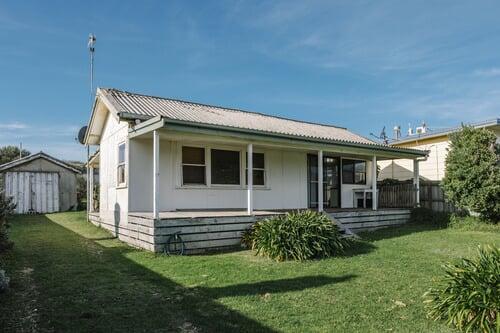California homeowners are increasingly turning to Accessory Dwelling Units (ADUs) as a way to create flexible living spaces, generate passive income, and boost property value. But one of the biggest decisions you'll face when planning your ADU is choosing between a detached ADU and an attached ADU. Both options come with their own set of pros, cons, and considerations, especially under California’s evolving housing laws.
In this guide, we’ll break down the key differences, advantages, and what you should know about building either type of ADU—so you can make an informed, value-driven decision.

What is an Attached vs. Detached ADU?
Detached ADU: A standalone structure built separately from the main house, usually located in the backyard.
Benefits of Building a Permitted ADU in California
Before choosing between attached or detached, it’s crucial to understand why a permitted ADU is the smarter investment:
✅ Adds Legal Living Space – Compliant with zoning and safety codes.
✅ Increases Property Value – Homes with permitted ADUs often appraise higher.
✅ Rental Income Potential – Permits allow legal renting, whether short or long term.
✅ More Financing Options – Easier to secure loans or refinancing for permitted ADUs.
✅ Avoid Fines and Legal Issues – Unpermitted units can lead to costly penalties.
Detached vs. Attached ADUs: Comparison Table
| Feature | Detached ADU | Attached ADU |
|---|---|---|
| Privacy | High – separate entrance and structure | Medium – shares wall or space |
| Construction Cost | Higher – requires new foundation/utilities | Lower – shares existing systems |
| Design Flexibility | More – full architectural freedom | Limited – tied to house structure |
| Rental Income Potential | Higher – more desirable to tenants | Good – but possibly less than detached |
| Use of Yard Space | More yard is used | Yard space preserved |
| Approval Process | May take longer | Usually faster due to shared systems |
| Conversion Possibility | Built from scratch | Garage or basement conversions possible |
Key Considerations When Choosing Between Attached and Detached ADUs
Lot Size & Layout: Small lots may not support a detached ADU due to setback requirements.
Budget: Attached units are usually more cost-effective.
Long-Term Goals: Detached ADUs often make better rental properties.
Privacy Needs: Detached units offer greater separation for renters or family.
Timeframe: Attached ADUs can often be built faster, especially if converting an existing garage.

